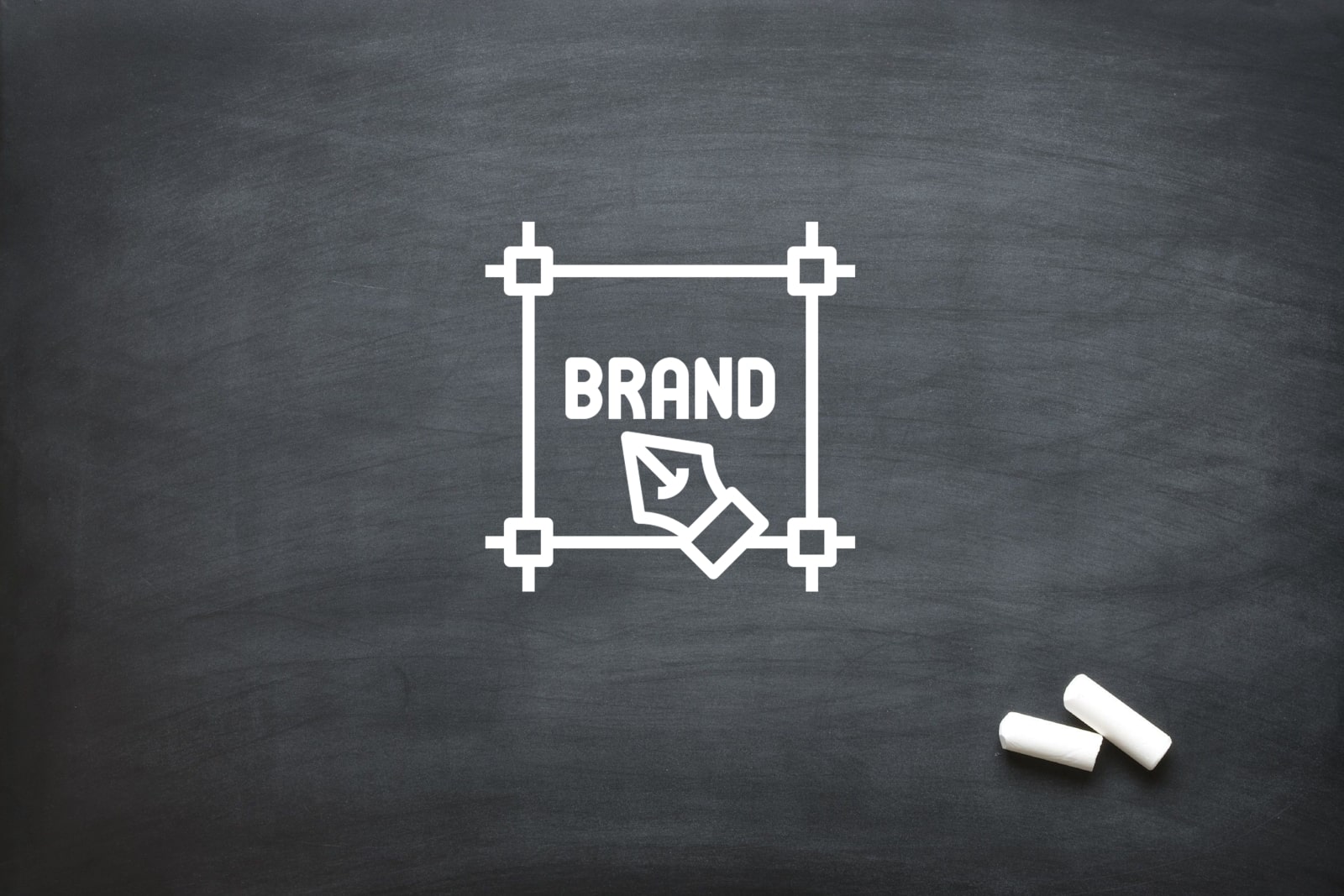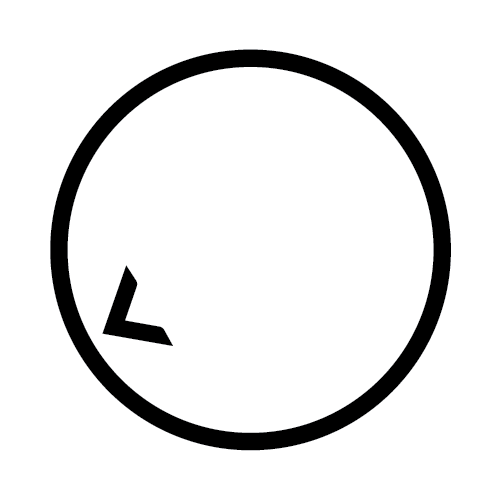
Whiteboard Animators for Brand Toolkits
Whiteboard animators bring stories to life through a unique blend of narrative, sketch and motion. When brands want to convey their identity, values or proposition in a language both clear and emotionally resonant, whiteboard animation becomes a powerful vehicle for brand storytelling. This approach leverages a human-touch aesthetic, allowing audiences to feel guided by a hand that reveals ideas in real time.
Visual Storytelling Fundamentals in Branding
Stories in branding are rarely random; they tend to follow an arc: a challenge, a journey or intervention, and a resolution. Brands must present the problem their audience faces, position themselves (or a hero) to act, and show the outcome. Whiteboard animators help reinforce that arc visually by gradually drawing and connecting elements so the viewer experiences the logic step by step.
Because the visuals unfold over time, each frame can lead into the next in a logical sequence. That sequencing helps guide attention in precisely the order the narrative intends. In branding, this gives clarity: you avoid dumping all your features or values at once; instead you layer meaning gradually. The tone of the narration must align with your brand voice, playful, inspirational, authoritative or warm, and the drawing style should mirror that tone (looser sketch lines for more casual brands, cleaner minimal lines for formal ones).
Whiteboard animation also forces the economy. Without the noise of over-designed motion graphics or overloaded visuals, the story must be distilled to core elements. That pressure to simplify is a strength: it demands that each sentence and each drawn object serve the narrative purpose.
The Psychology of Hand-Drawn Engagement
Why do people feel drawn in by hand-drawn visuals? One reason is that the presence of a moving hand implies a human presence behind the message. A 2023 experimental study found that when viewers saw a drawing hand performing the sketches (rather than content being pushed in or auto-appearing), their intrinsic motivation was higher, though learning outcomes did not differ significantly between styles. That suggests the hand conveys social warmth and engages attention.
Another meta-study, “Successful learning with whiteboard animations”, reports that whiteboard animations often outperform narrated slides or text presentations in retention and comprehension. The principle is that when visuals and narration move in tandem, they reinforce each other in working memory.
In an earlier investigation, S. Türkay’s 2016 work demonstrated that learners exposed to whiteboard animations recalled more and reported higher enjoyment, compared with static or audio-only alternatives. That points to engagement and memory benefits for audiences.
Thus, whiteboard animators gain a psychological advantage: the drawing process captures curiosity, the human gesture signals authenticity, and combined visual+aural channels support deeper learning.
Crafting a Brand Narrative Through Visual Metaphors
Many brand ideas live in abstraction, trust, innovation, growth, reliability. To make such concepts tangible, metaphors help. Whiteboard animators can embed symbolic visuals that translate intangible brand qualities into visual form.
For example, growth might appear as a seed turning into a tree; reliability might show as a foundation or firm footing; connection could be drawn as a bridge or network paths. When narration refers to “building trust,” the sketch might depict mortar bricks or roots growing deeper.
Choosing metaphors wisely is crucial. They must resonate with your target audience’s experience and cultural frame. Avoid metaphors that feel overused or vague. Testing metaphor sketches with small audience segments helps ensure clarity. When metaphors align with narrative structure, they lighten cognitive load: viewers absorb meaning visually rather than wrestling with dense text or jargon.
Scriptwriting for Brand Voice and Message
A script is the spine of whiteboard animation. It must reflect the brand voice and remain tightly focused. Begin with a hook that raises a question, states a problem or makes a promise in the first few seconds. Immediately engaging the viewer is vital.
Structure your narrative in stages:
- Problem
- Solution
- Evidence or transformation
- Key benefits
- Call to action.
For each stage, plan visuals in parallel so the narration and drawing evolve hand in hand. A mismatch creates confusion or disengagement.
Clarity and brevity matter. Use short sentences, avoid buzzwords and jargon. Let the visuals carry meaning where possible. If your brand tone is warm and conversational, write in that style. If your brand is more formal, the script should reflect that gravitas.
Always time the narration so that each visual appears exactly when referenced (neither too early nor too late). Transitional cues like “next we see” or simple arrows and pointers help the viewer follow the progression. Whiteboard animators work most effectively when narration and drawing are fully synchronised.
Simplifying Complex Brand Messages
One of the greatest strengths of whiteboard animation is its ability to make complex subjects digestible. Many brands operate in fields such as technology, finance, sustainability or systems thinking, inherently abstract domains. Whiteboard animators help turn those abstractions into concrete visuals.
You break the message into smaller chunks and sequence them. Use analogies or metaphors familiar to the audience. Show flows, before/after stages, transformations or step diagrams. Introduce elements gradually rather than all at once. Keep text minimal, icons, lines, simple labels suffice. Repeat motifs or symbols throughout to tie narrative threads together.
One dramatic case is a whiteboard explainer used by a healthtech client that helped the team secure USD 3.5 million in investment. The video made a complex business model accessible and emotionally compelling.
When audiences grasp your proposition quickly and are emotionally engaged, barriers to understanding or adoption fall away.
Building Brand Recognition Through Visual Consistency
To create lasting impact, your visual identity must be consistent across campaigns. Even in sketch style, key elements should be standardised. These include your accent colour(s), the weight and style of lines, icons or motif reuse, typography or handwriting style, transitions and pacing, and narrative tone.
When viewers frequently see the same visual signatures, the brand becomes instantly recognisable. Because whiteboard animation tends toward simplicity, it is easier to maintain consistency than in heavily stylised video formats. The discipline lies in resisting tempting visual bells and whistles that break the brand signature.
Case Studies & Real Outcomes
Oliver Karstel Creative Agency has used whiteboard animation to distil technical, corporate and training content into digestible visuals in the South African market. Their blog describes whiteboard animation as a superb medium to communicate internally and to customers, by combining clarity with visual engagement.
In another case, a whiteboard animation helped a clinical recruitment company present their telemedicine model to investors and achieve USD 3.5 million in funding. The simplified visuals, narrative clarity and emotional impact were cited as key to persuasion.
Educational and health settings also provide evidence. A controlled trial showed that whiteboard animations improved retention and enjoyment compared with other instructional media in health education.
These examples illustrate that whiteboard animators are not merely a visual flourish but can deliver measurable outcomes in engagement, understanding and conversion.
Challenges & Best Practices
Whiteboard animation must avoid common pitfalls. One risk is visual overload, too many components too soon overwhelm the viewer. A disciplined minimalist approach early on helps. Another challenge is weak scripts; even the best drawings fail if the storytelling is muddled or disconnected.
Timing and sync between narration and drawing is a frequent stumbling block. Thorough storyboarding and review cycles mitigate it. Metaphors that are too generic or poorly tested may confuse rather than clarify, always run small tests. Also avoid sacrificing brand identity by letting visuals feel generic or templated.
To manage these risks: set clear objectives (what you want viewers to think, feel or do), deeply know your audience, script first then storyboard, collect feedback early, use iterative drafts, work with seasoned whiteboard animators, and monitor results (engagement, retention, conversions).
Looking Ahead: Evolution of Whiteboard Animation
Whiteboard animation is evolving. Artificial intelligence and automation may help whiteboard animators speed up sketch suggestions, transition logic or sync narration. Interactivity is a promising direction, enabling branching stories or viewer choices mid video. Personalised animations geared to specific audience segments will increase relevance and emotional impact. Augmented reality may allow sketches to appear in real space or overlay on physical surfaces. Finally, integrating live data or dashboards into whiteboard visuals can make reporting and storytelling dynamic and real time.
These future developments will push whiteboard animation from static storytelling toward adaptive, interactive brand experiences, yet the foundational value of human touch, narrative clarity and audience empathy will remain central.
Partner Whiteboard Animation Experts
Whiteboard animation offers a rare intersection of clarity, emotional resonance and visual simplicity. When deployed with sound narrative structure, skilful metaphor use, and consistent branding, whiteboard animators help brands express abstract ideas in ways audiences can grasp, remember and feel.
If your brand longs to tell a memorable, coherent and human story through animated visual form, we at Oliver Karstel Creative Agency would be delighted to partner with you. Contact us to explore how our team of whiteboard animators can bring your story into vivid life.






